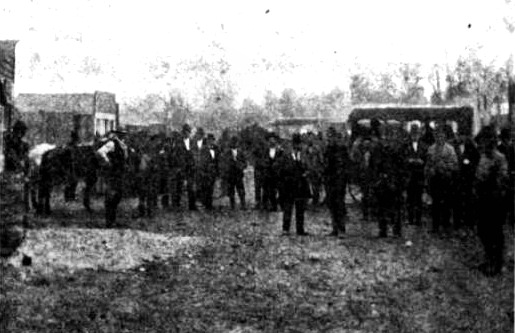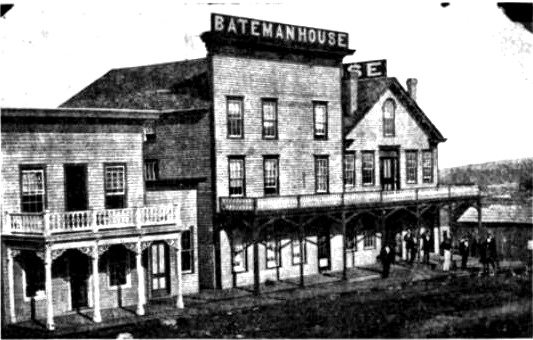Historic Joplin believes in allowing the people of the past to speak for themselves. As a result, the language they use may offend those sensitive to harmful words that are no longer acceptable in today’s present society.
The Story of Bear Fighting Blackwell
“The First dry goods store in West Joplin was started next to ‘Big Nigger’ Lee’s grocery store by a man the name of D.M. Brazill, in the fall of 1871.
One old timer who arrived in Joplin about this time and who furnished considerable amusement was a man known as ‘Bear Fighting’ Blackwell. He brought four big bears with him and for some time after he arrived he kept his business to himself. Finally, after he had things ready, he advertised a dog and bear fight. After all was ready he stretched a large canvas around a space which was filled on the day of the fight by the village sports. In the center of the space he had a big grizzly chained to a stake and surrounding him were five or six youngsters holding their dogs.
Betting was at a high pitch and as well as I can remember it was about 2 to 3 to one on the bear. When all was ready for the fight, Blackwell gave the bear a big plate of honey and after it had the plate he yelled, ‘Turn your dogs loose!’ The fur flew and it looked as if the dogs would soon use up the bear. When it was all over the bear was uninjured while there were several dogs limping around.
The bears were turned over to the butcher and Mr. Blackwell used the money which he had accumulated to build a nice brick building at the corner of Second and Main streets. This was the first opera house in West Joplin, but the dog and bear fight or something else brought ‘Bear Fighting’ Blackwell bad luck, and the old man got into trouble and was sent to the penitentiary. Several years after that he was turned out and went to Oklahoma, where he married a squaw who had a large tract of land and plenty of money. He laid out the land in town lots and was the founder of the present city of Blackwell.”
This concludes G.O. Boucher’s memories of early Joplin.
Source: Joplin Globe.



